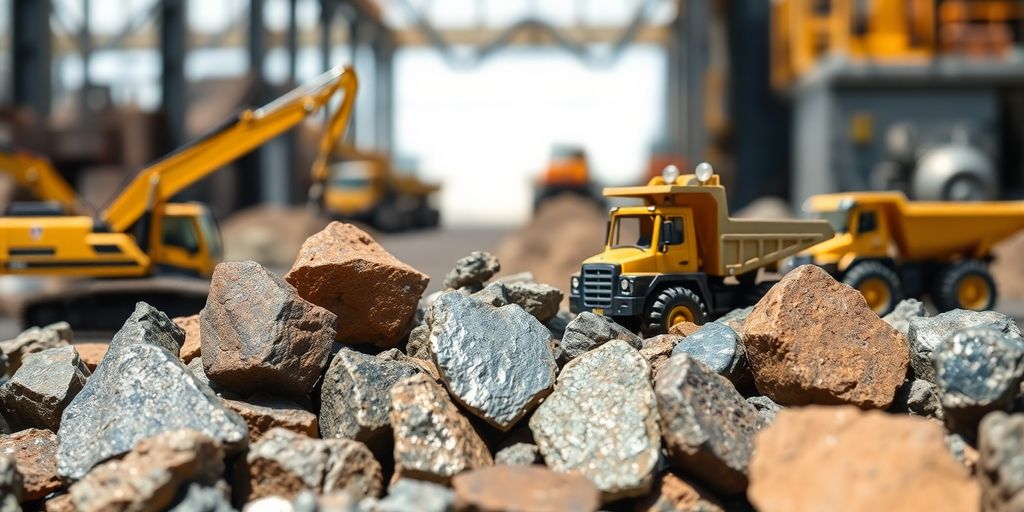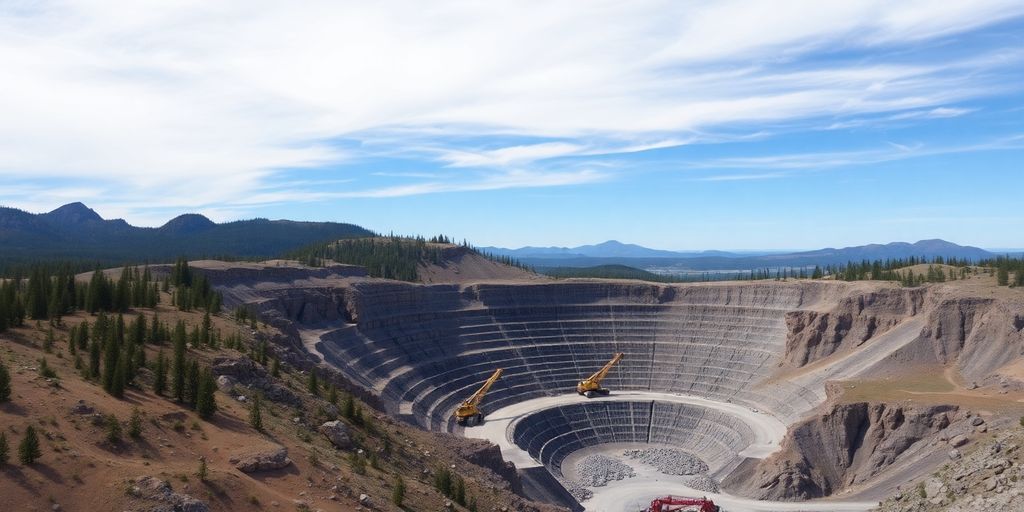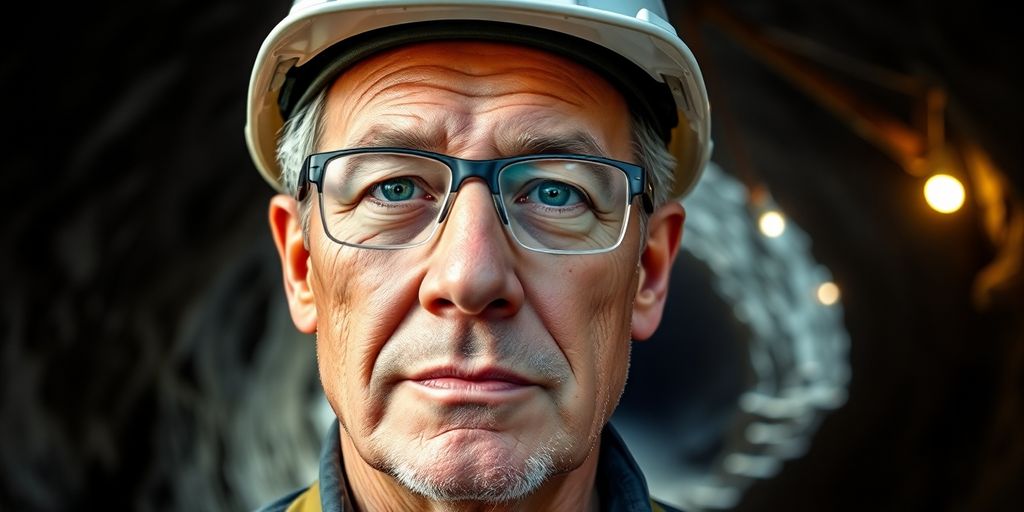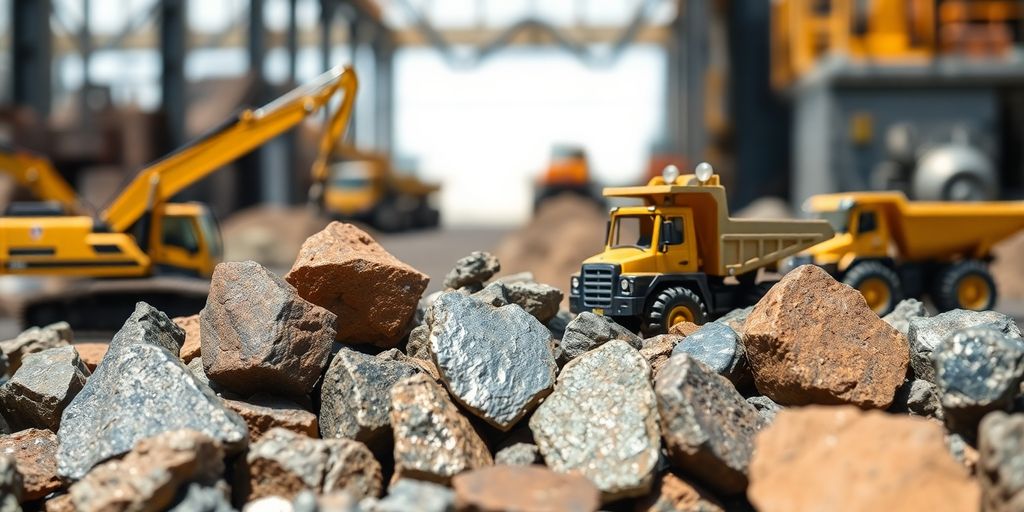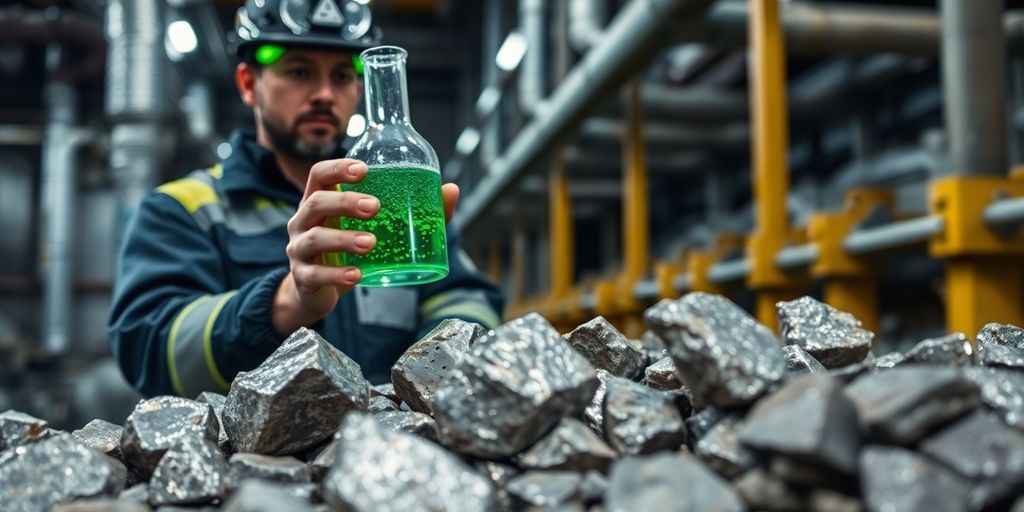Nord Precious Metals Revolutionizes Critical Mineral Recovery with MICA-Backed Tailings Technology
Nord Precious Metals Mining Inc. has secured a significant $200,000 investment from the Mining Innovation Commercialization Accelerator (MICA) Network. This funding will propel Nord's innovative Re-2Ox hydrometallurgical system from Technology Readiness Level 6 to TRL 7, paving the way for its commercial deployment. The technology offers a groundbreaking solution for extracting critical minerals from arsenic-bearing mine tailings, a long-standing challenge in the mining industry.
Key Takeaways
- Nord Precious Metals received $200,000 from MICA to advance its Re-2Ox technology.
- The funding will support a 1,000-hour pilot demonstration at Nord's Temiskaming Testing Labs (TTL) facility.
- Re-2Ox addresses the industry's "arsenic problem," enabling the recovery of valuable battery metals from previously unprocessable tailings.
- The technology boasts 99% arsenic capture, 80% energy reduction compared to pyrometallurgical methods, and a modular design.
- Commercial deployment is anticipated by mid-2026, with potential for global licensing and toll processing.
Addressing the Arsenic Challenge
Frank J. Basa, CEO of Nord Precious Metals, highlighted the critical issue Re-2Ox tackles: "The mining sector has a fundamental arsenic problem that constrains global mineral processing capacity." Traditional methods either avoid arsenic-rich feeds or incur prohibitive disposal costs. Re-2Ox transforms this liability into a profitable operation by safely processing arsenic-bearing materials while recovering essential critical minerals.
Market Opportunity and Technological Edge
The Re-2Ox technology targets a substantial market:
- Total Addressable Market (TAM): 282 billion tonnes of global tailings inventory, with 14 billion tonnes added annually.
- Serviceable Addressable Market (SAM): A significant portion of global tailings contains arsenic, a niche Re-2Ox is uniquely positioned to serve.
- Serviceable Obtainable Market (SOM): Initial focus on an estimated 18 million tonnes within Ontario's Cobalt Camp, where Nord controls several tailings piles.
Unlike incumbent technologies, Re-2Ox economically processes high-arsenic feeds, simultaneously recovering silver, cobalt, nickel, and manganese. Its key performance metrics include:
- Arsenic capture: 99% as stable scorodite/copper-arsenate.
- Energy consumption: 80% reduction versus pyrometallurgical processing.
- Modular design: 40-foot shipping container format for rapid scaling.
Strategic Alignment and Commercialization Pathways
The MICA investment underscores the strategic importance of Nord's approach. Chamirai Charles Nyabeze, MICA Network Director, emphasized that "Supporting SMEs is not only vital for our economy—it is essential for accelerating the energy transition globally." Nord's integrated model leverages its existing TTL infrastructure and offers multiple commercialization avenues:
- Direct Operations: Scaling from pilot demonstration to commercial modules.
- Technology Licensing: Global deployment through equipment leasing and royalty structures post-TRL 7 validation.
- Toll Processing: Immediate revenue generation from third-party feeds requiring arsenic remediation.
Path to Commercial Readiness
The transition to TRL 7 is a pivotal moment. Independent validation by SGS Lakefield, coupled with MICA's endorsement, will provide the technical foundation for securing equipment financing, offtake agreements, and specialized grants. Previous bench-scale testing has already demonstrated the production of battery-grade cobalt sulfate, silver dor, and nickel sulfate, along with a stable arsenic disposal product.
Nord anticipates:
- Pilot commissioning and operational data collection in late 2025.
- SGS validation report and commercial module financing in early 2026.
- First commercial deployment mid-2026.
- Global rollout targeting multiple operational modules across key mining jurisdictions.
Douglas Morrison, President and CEO of CEMI and Mining Advisor to MICA, noted, "CEMI's role is to ensure that innovation doesn't stop in the lab – it must progress to the mine site where it can increase productivity, reduce environmental impact and strengthen our global competitiveness."
Sources



